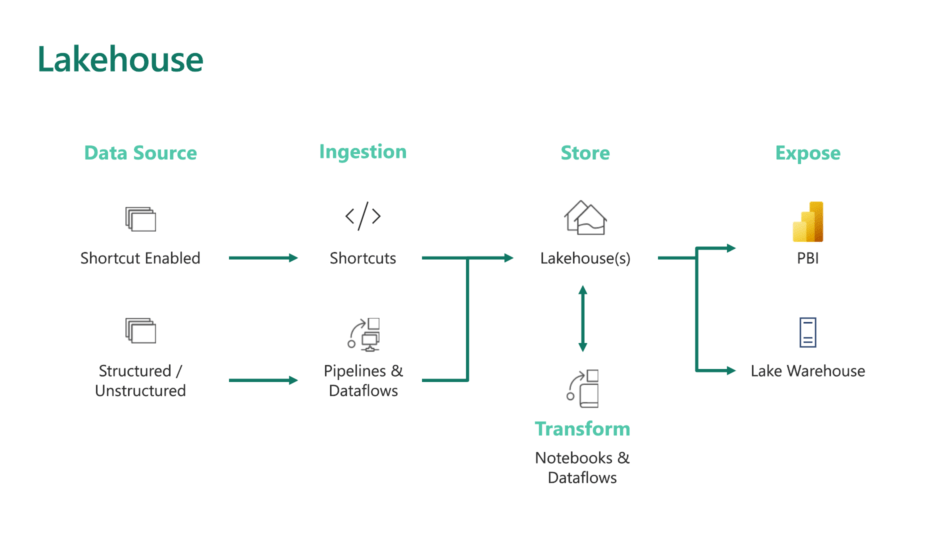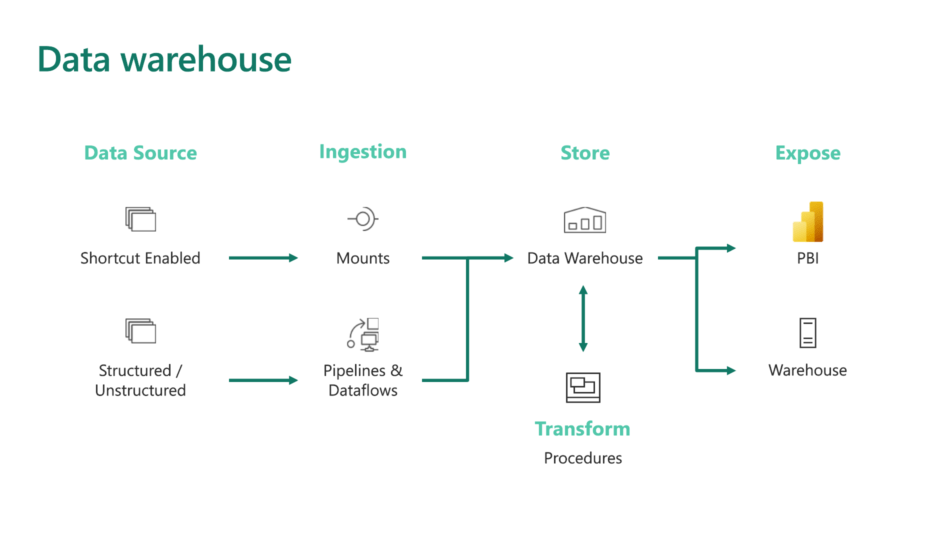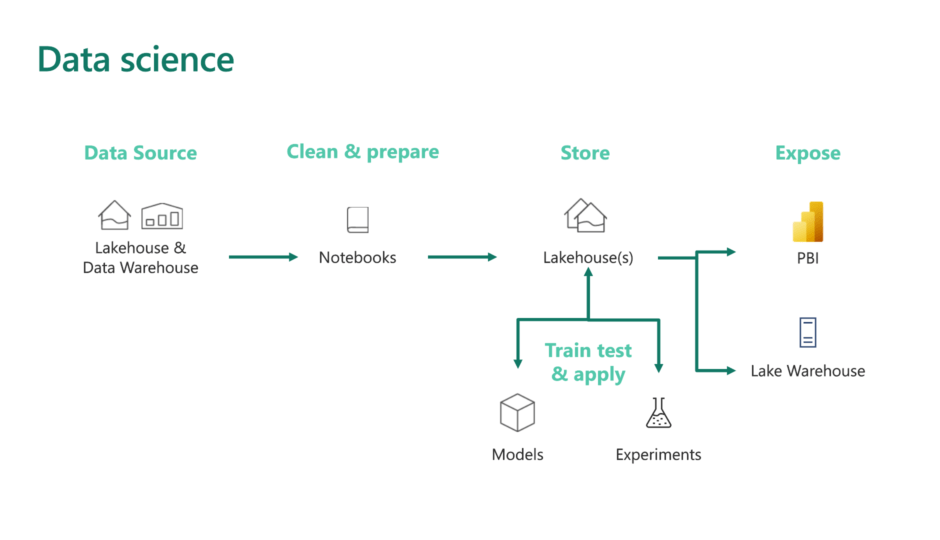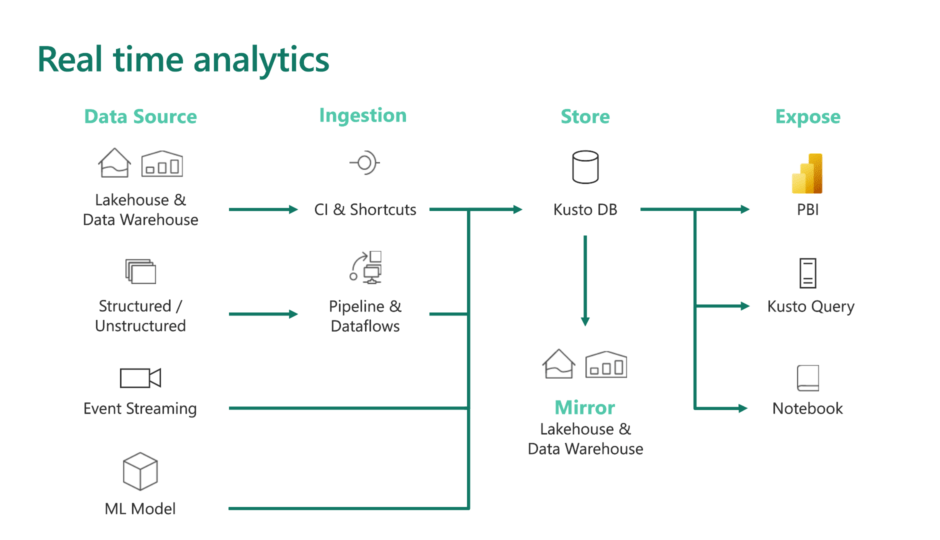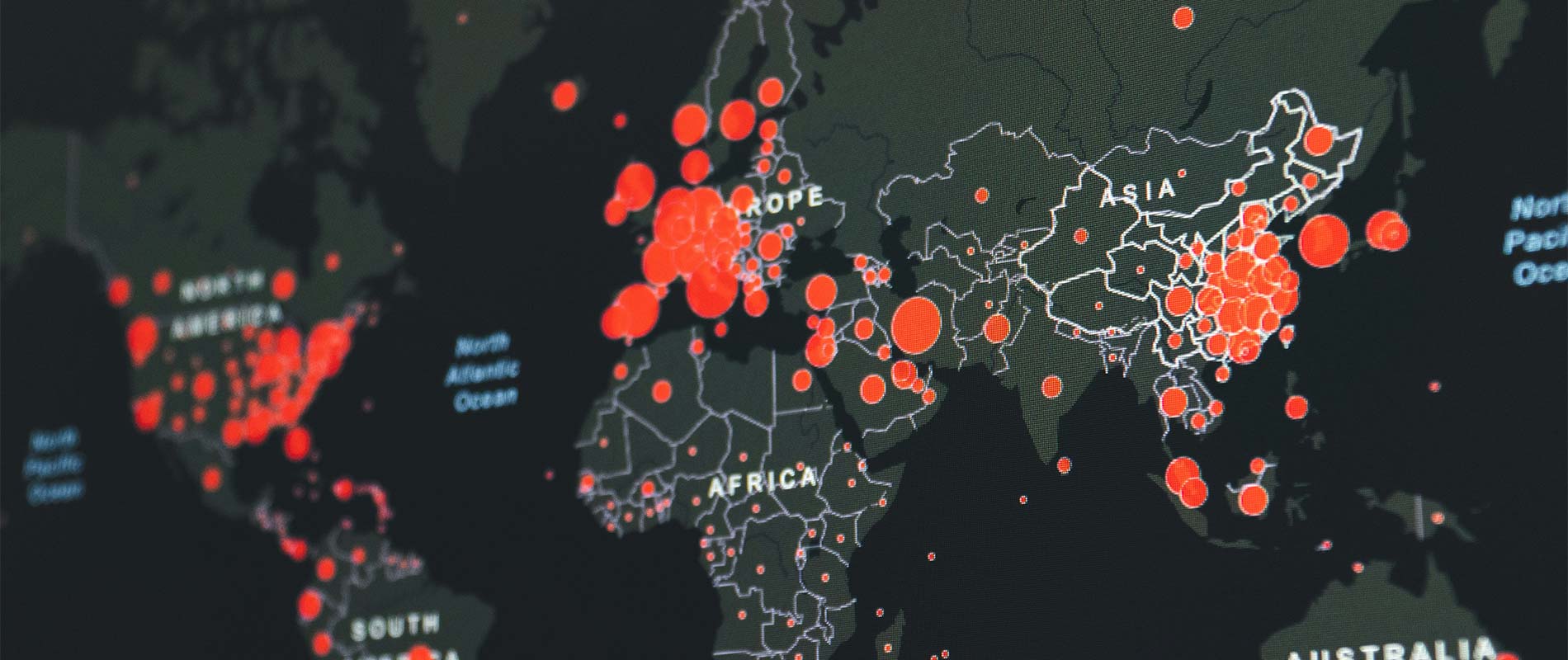
Exploring The Capabilities of Microsoft Fabric
A unified analytics solution for the era of AI.
In the ever-evolving world of business technology, Microsoft has consistently been at the forefront of innovation, offering solutions that transform and streamline enterprise operations. One of the most significant developments in recent times is Microsoft Fabric. This comprehensive framework is designed to integrate various Microsoft services and tools, creating a seamless, interconnected ecosystem for businesses. In this blog post, we’ll dive into Microsoft Fabric, exploring its capabilities, benefits, and the potential impact it can have on modern business operations.
Organizations today, both big and small, face a variety of data and analytics challenges that can be difficult to navigate. These challenges require thoughtful planning and strategic decision-making to ensure that businesses can use data effectively to stay ahead of the competition. To put the importance of data into perspective, research shows “the amount of data created over the next three years will be more than the data created over the past 30 years.” (IDC Glogbal DataSphere Forecast). Investing in the technology you need to make real-time, data-driven decisions without compromising security or governance is critical for your organization’s long-term success.
What is Microsoft Fabric?
Microsoft Fabric is a holistic framework that brings together Microsoft’s array of services and tools under one umbrella. It is designed to enhance the interoperability and efficiency of Microsoft’s offerings, ranging from Office 365 and Azure to Dynamics 365 and beyond. By creating a more cohesive environment, Microsoft Fabric aims to simplify the user experience, boost productivity, and facilitate more effective data management and analysis.
Even though trusted security and governance and data-informed decision-making are high-priority organizational needs––they are not always met. Here’s how Microsoft Fabric can begin to address these challenges.
With Microsoft Fabric, users will no longer have to stitch together multiple data, analytics, and BI solutions to get the business answers they need. With this unified SaaS solution, organizations have access to a single source of truth for all their data and analytics, enabling secure, democratized insights. By leveraging this powerful open and scalable solution, they’ll accelerate their time to value through cost management, spend optimization––making the most of their data investment.
Common Analytics Scenarios Addressed by Fabric
Now that we have covered Microsoft Fabric’s capabilities, let’s take a deeper dive into the Microsoft Fabric’s architecture by showcasing some of the most common end-to-end analytics scenarios and how the suite can be applied to each.
- Lakehouse: The Microsoft Fabric Lakehouse analytics scenario makes it so that data can be ingested into OneLake with shortcuts to other clouds repositories, pipelines, and dataflows in order to allow end-users to leverage other data. Once that data has been pulled into Microsoft Fabric, users can leverage notebooks to transform that data in OneLake and then store them in Lakehouses with medallion structure. From there, users can begin to analyze and visualize that data with Power BI using the see-through mode or SQL endpoints.
- Data Warehouse: The Data Warehouse analytics scenario takes existing sources that are mounted, while pipelines and dataflows can bring in all other data that is needed. IT teams can then define and store procedures to transform the data, which is stored as Parquet/Delta Lake files in OneLake. From there, business users can analyze and visualize data with Power BI, again using the see-through mode or SQL endpoints.
- Data Science: The Data Science analytics scenario can be ingested similarly to the Lakehouse and Data Warehouse paths. Once the data is ingested, it is cleaned and prepared using notebooks and then stored in the Lakehouse with medallion structure. After the data is cleaned and stored, machine learning models can be trained and tested directly on the Lakehouse. Like the other analytics scenarios, business users can analyze and visualize the data with Power BI using the see-through mode or SQL endpoints.
- Real Time Analytics: Unlike the Data Science, Lakehouse, and Data Warehouse analytics scenarios, streaming data can be ingested into the Microsoft Fabric in several ways to achieve real-time analytics. Users can leverage Event Hub, IoT Hub, pipelines, dataflows, notebooks, or open-source products like Kafka, Logstash, and more. Once ingested into the Microsoft Fabric, streaming data can be stored in Kusto DB and mirrored into Lakehouse. After the data has been stored, machine learning models can be trained and tested directly on the Lakehouse with experiments. Like the other scenarios, business users can analyze and visualize the data with Power BI using the see-through mode or SQL endpoints. Data can also be exposed through KQL or notebooks using Spark.
Conclusion
Microsoft Fabric represents a significant step forward in the world of business technology, offering a unified, integrated solution that can revolutionize how businesses operate. Its ability to streamline operations, provide insightful data analytics, enhance collaboration, and ensure security and compliance makes it an invaluable asset for any organization looking to optimize its use of Microsoft’s suite of tools and services. With Oakwood’s expertise, together we can effectively implement and leverage the power of Microsoft Fabric, paving the way for enhanced efficiency, productivity, and success in today’s competitive landscape.
At Oakwood, we can help devise a tailored implementation strategy for Microsoft Fabric throughout your organization. For more information CLICK HERE or contact our data experts below to begin a conversation.

